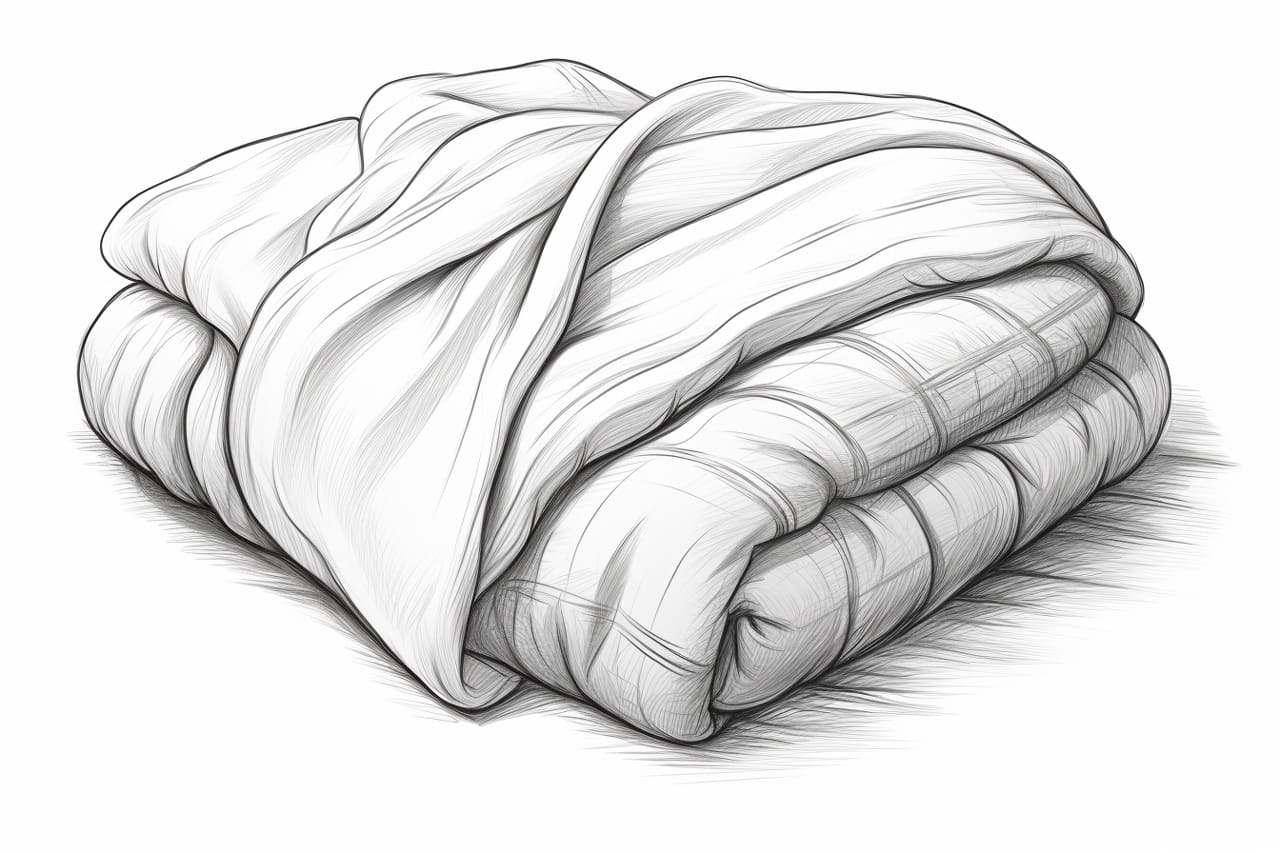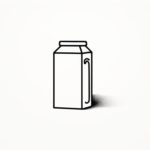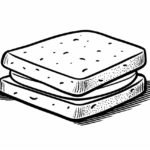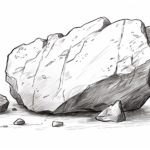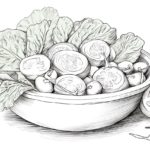Drawing a blanket may seem like a complex task, but with the right guidance, anyone can create a realistic and detailed representation. In this step-by-step tutorial, you will learn how to draw a blanket using simple techniques. Whether you are a beginner or an experienced artist, this guide will help you bring your artwork to life.
Materials Required:
Before we begin, gather the following materials:
- Paper: Use a high-quality drawing paper or sketchbook that can handle different drawing techniques. The size is entirely up to your preference.
- Pencils: Have a range of pencils with varying degrees of hardness (e.g., 2H, HB, 2B) to achieve different shades and textures.
- Eraser: A kneaded eraser will be useful for correcting mistakes and creating highlights.
- Blending tools: Keep a blending stump or tortillon handy to smudge and blend pencil strokes.
- Reference image: Find a clear picture of a blanket that you would like to draw. This will help you understand its folds, textures, and shading.
Now that you have everything you need, let us dive into the step-by-step process of drawing a blanket.
Step 1: Outline the Shape of the Blanket
Begin by lightly sketching the basic shape of the blanket on your paper. Use gentle, loose strokes to create a rough outline. Remember that blankets come in various sizes and shapes, so make sure to reference your chosen image.
Step 2: Add the Folds and Creases
Next, carefully observe the reference image and start adding the folds and creases to your drawing. Take note of the main folds and their direction. Use gentle curved lines to indicate the folds, ensuring they flow naturally and create a sense of depth.
Step 3: Establish the Light Source
Identify the direction of the light source in your reference image. This will determine where the highlights and shadows fall on the blanket. Mark this direction on your drawing to ensure consistency throughout the process.
Step 4: Shade the Areas of Darkness
Begin shading the areas of the blanket that are in shadow. Use a soft graphite pencil, such as a 2B, and apply consistent pressure to create depth and darkness. Start by lightly shading the entire shadowed area, later building up the darkness gradually.
Step 5: Add Texture to the Blanket
To create a realistic texture, observe the reference image carefully. Blankets often have patterns or textures, such as knits or weaves. Use short, curved lines to mimic these textures, paying attention to the direction of the pattern. Start with light lines and gradually add more depth with darker pencil strokes.
Step 6: Emphasize the Highlights
Now, focus on the areas where the light hits the blanket and creates highlights. Using an eraser or a kneaded eraser, gently lift off some graphite to reveal the lighter tones. Be careful to retain some shading around the highlights to maintain the illusion of depth.
Step 7: Refine the Details
Take a step back and analyze your drawing as a whole. Look for any inconsistencies or areas that require adjustments. Refine the shapes, folds, and textures as needed. Remember that capturing the details is crucial in creating a realistic representation of a blanket.
Step 8: Blend and Smudge
To achieve a smoother and more seamless look, use a blending stump or tortillon to lightly blend and smudge certain areas of your drawing. This technique helps to soften the pencil strokes and create a more realistic texture.
Step 9: Finalize the Shading
Revisit the shading of your blanket to ensure a balanced and cohesive look. Adjust the darkness of the shadows and the depth of the highlights as necessary. Take your time and work gradually, always referring back to your reference image for guidance.
Conclusion
Congratulations! You have successfully learned how to draw a blanket step-by-step. By following these instructions, you can create a realistic and detailed representation of a blanket using basic drawing techniques. Remember to practice regularly and experiment with different drawing materials to further enhance your skills. Happy drawing!

